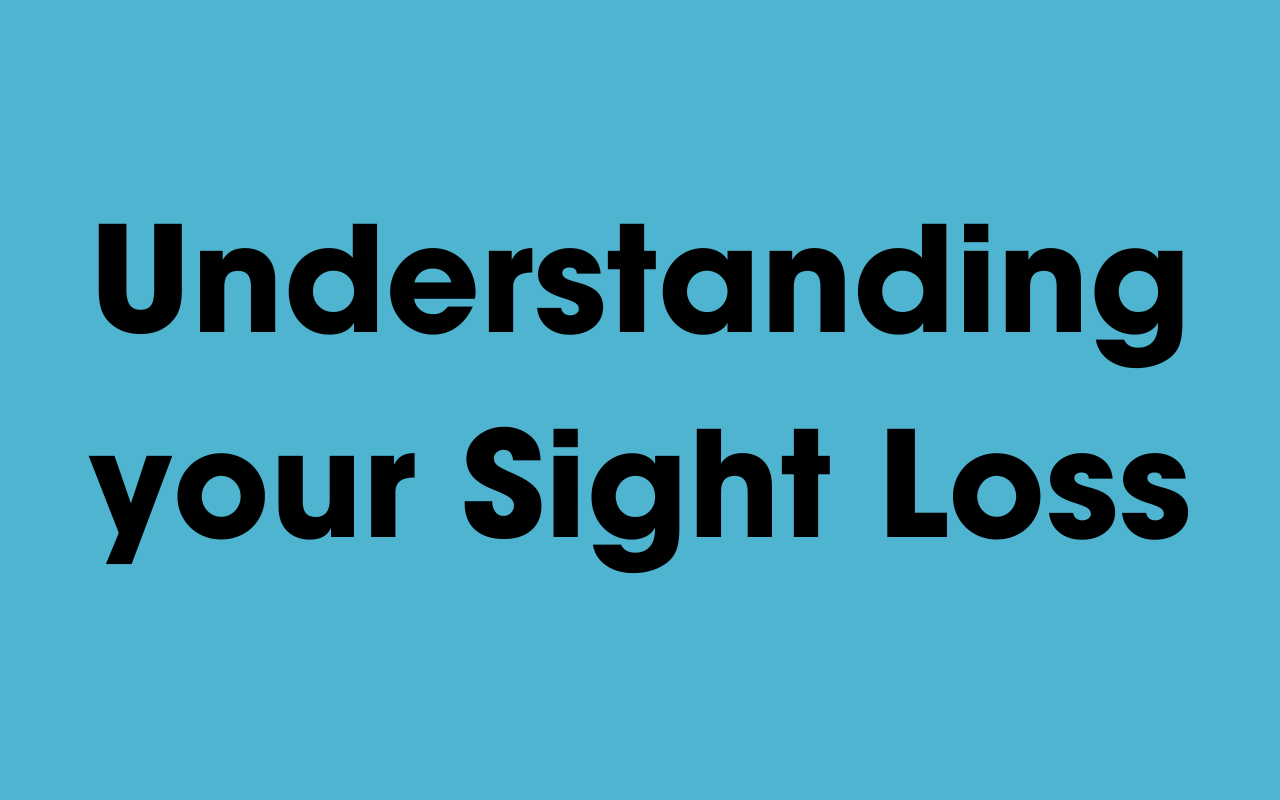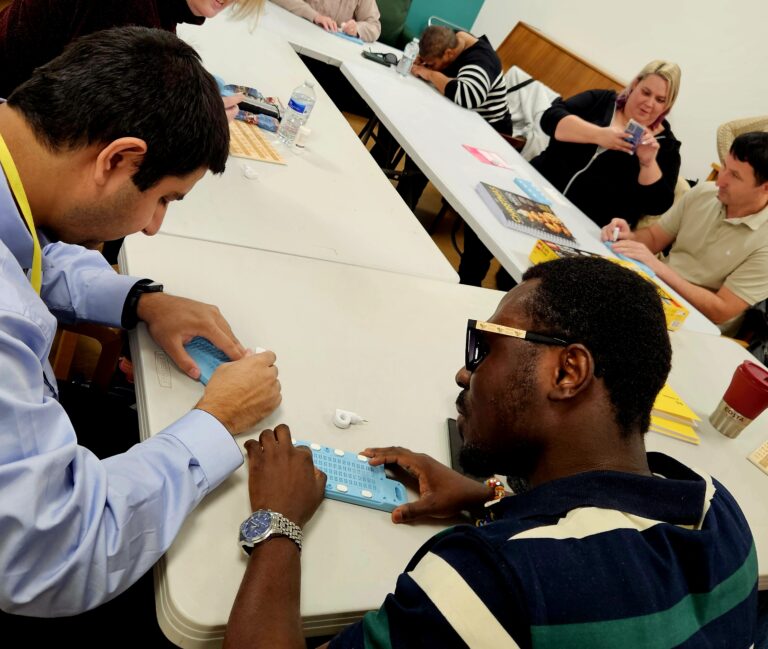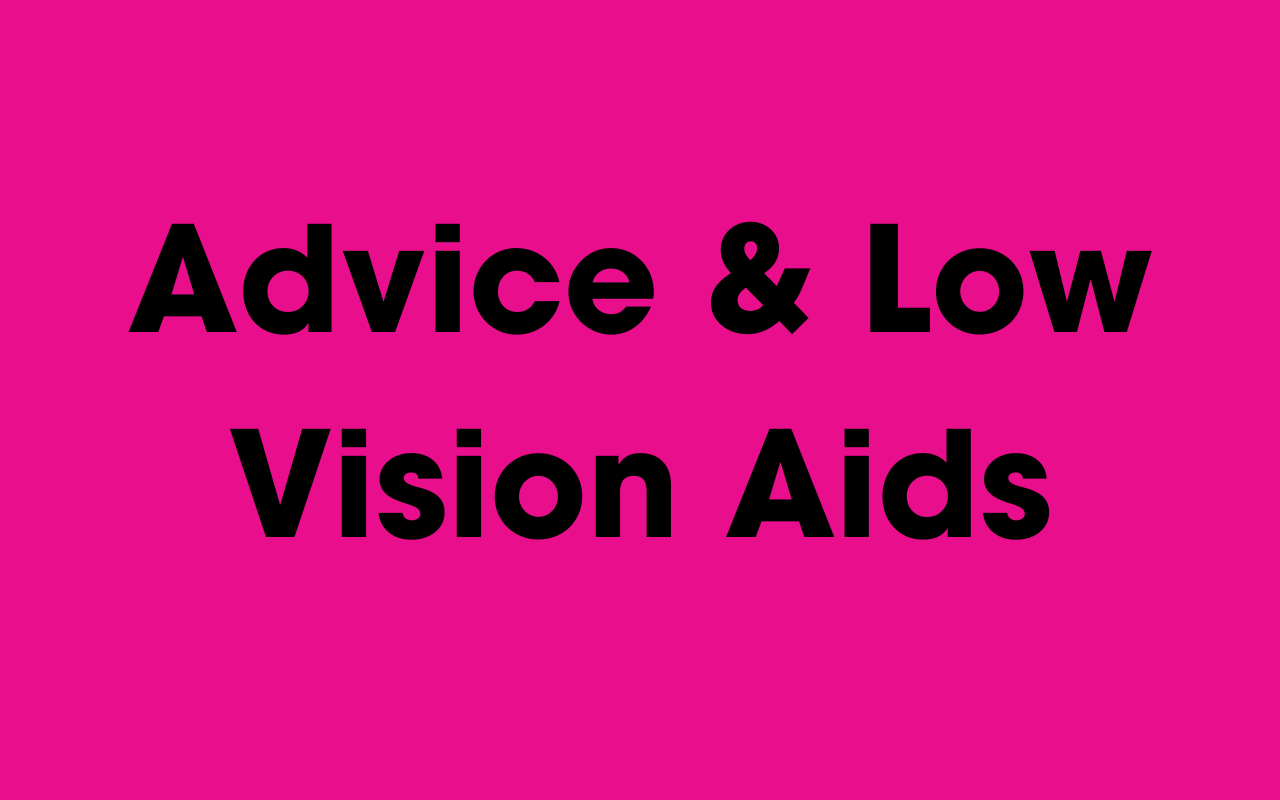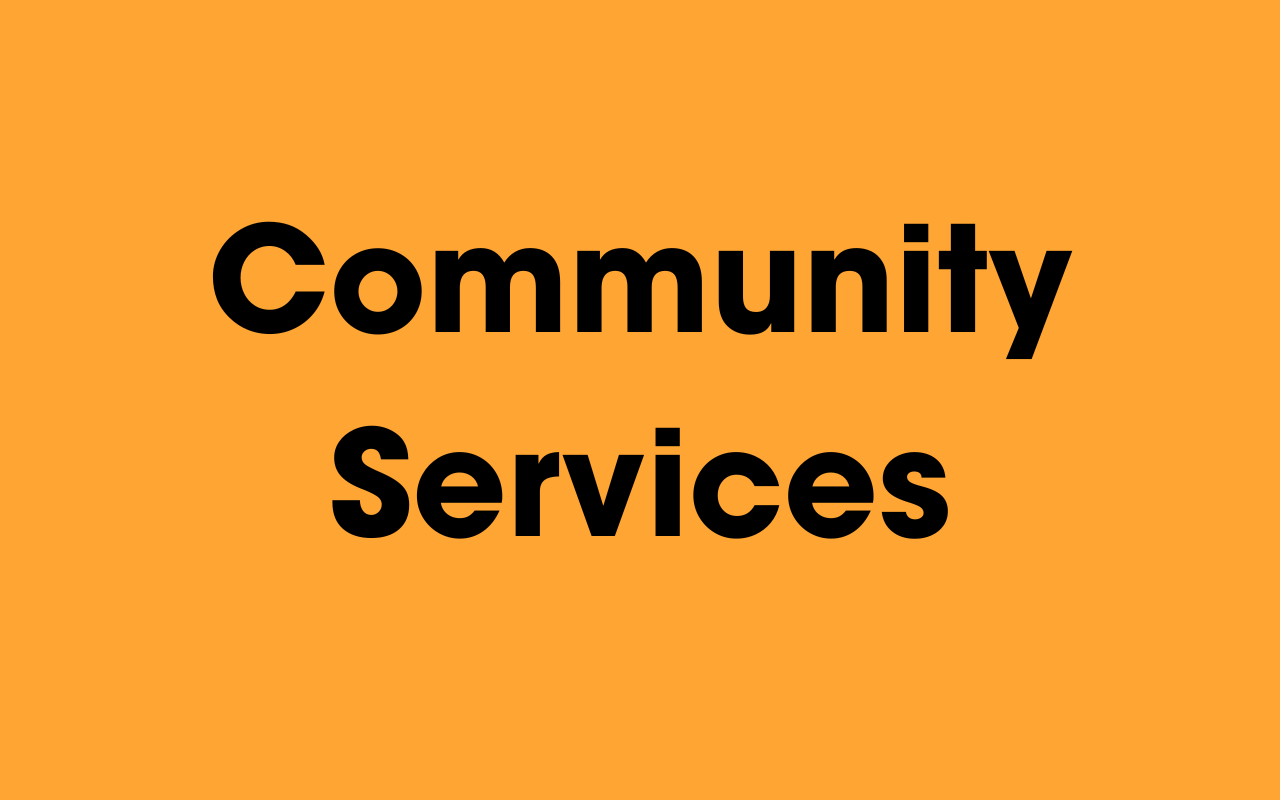
How Can We Help You?
Sight loss touches more lives in the West Midlands than you might think, around 198,000 people, enough to fill the Molineux Stadium more than six times.
Sight loss doesn’t discriminate; it can affect anyone, at any age. But it’s especially common among older adults as conditions like diabetic retinopathy and glaucoma become more frequent as we age. Living with a visual impairment brings daily challenges, but Beacon is here to help you tackle them.



Our Sight Loss Advice & Low Vision Aids Hub is designed to support individuals with sight loss and their families, offering a wide range of adaptive tools and aids to make everyday life easier.

We offer Community and Daytime activities, advice and programmes focused on health and wellbeing, including workshops, fitness classes, and trips.

Talking News is a free service which is produced each week for people impacted living with sight loss, to help them keep in touch with our community.

We understand the barriers faced by blind and partially sighted people looking to find work or improve their skills.

Beacon can help with the steps and resources needed to support you in the workplace.

We offer a range of care services from our experienced, friendly, professional and dedicated team.

Beacon are committed to working collaboratively with partners from all sectors to improve the health and wellbeing of people across the Black Country and beyond.
Our mission is clear: no one should face sight loss alone. Whether you’ve just been diagnosed, have been part of the sight loss community for years, or are supporting someone who is, we’re here to help. Together, we’ll tackle the challenges of sight loss with confidence, compassion, and a whole lot of community spirit.
At Beacon, we’re all about empowering people living with sight loss, along with their loved ones and the wider community. We take a holistic approach, offering a wide range of support, resources, and programmes to improve quality of life, boost independence, and build a supportive network for those affected by sight loss.
Whether you’ve recently received a diagnosis, you’re a long-standing member of the sight loss community, a family member, friend, or part of a supporting organisation, we’re here to offer assistance, resources, and hope. Together, we can tackle the challenges of sight loss with strength, dignity, and a strong sense of community.
Learn more about sight loss and its impact on daily life on the Fight for Sight website.
- Cataracts
- Cataracts cause your lens to become cloudy, making your vision blurred. The condition can affect one or both eyes, and usually develops when you get older, worsening over time. In the UK, age-related cataracts affect around half of people aged 65 and above. It can also affect children, although this is rare.
- Diabetic Retinopathy
- Diabetic Retinopathy is a complication of diabetes, which is caused by high blood sugar levels damaging the back of the eye (Retina). It does take a few years for the condition to reach a stage where your vision is affected.
- Glaucoma
- Glaucoma is part of a group of eye conditions which result in damage to the optic nerve, resulting in loss of vision. It is the second most common cause of sight loss around the world, and the number of people diagnosed with the condition is set to spike due to an aging population.
- Macular Degeneration
- Age-related macular degeneration (AMD) is a condition which is normally found in people aged over 50. This condition means you lose your central vision, though you still have your peripheral vision.
- Charles Bonnet Syndrome
- Charles Bonnet Syndrome (CBS) causes people who have lost some sight to see things that aren't actually there, also known as hallucinating. It is only caused through sight loss and isn't a sign of mental health problems.
- Retinitis Pigmentosa
- Retinitis Pigmentosa, also known as RP, is a group of eye conditions that are genetic and affect peripheral vision and night vision. RP causes permanent vision loss, which impacts the retina. How the condition develops in each person varies.
- Dry Eye
- Dry Eye is a common condition which is caused by your tears which are not able to provide adequate lubrication. Tears keep your eyes healthy and help you focus. Tears are made up of three films, including the mucin layer, watery layer and lipid layer.